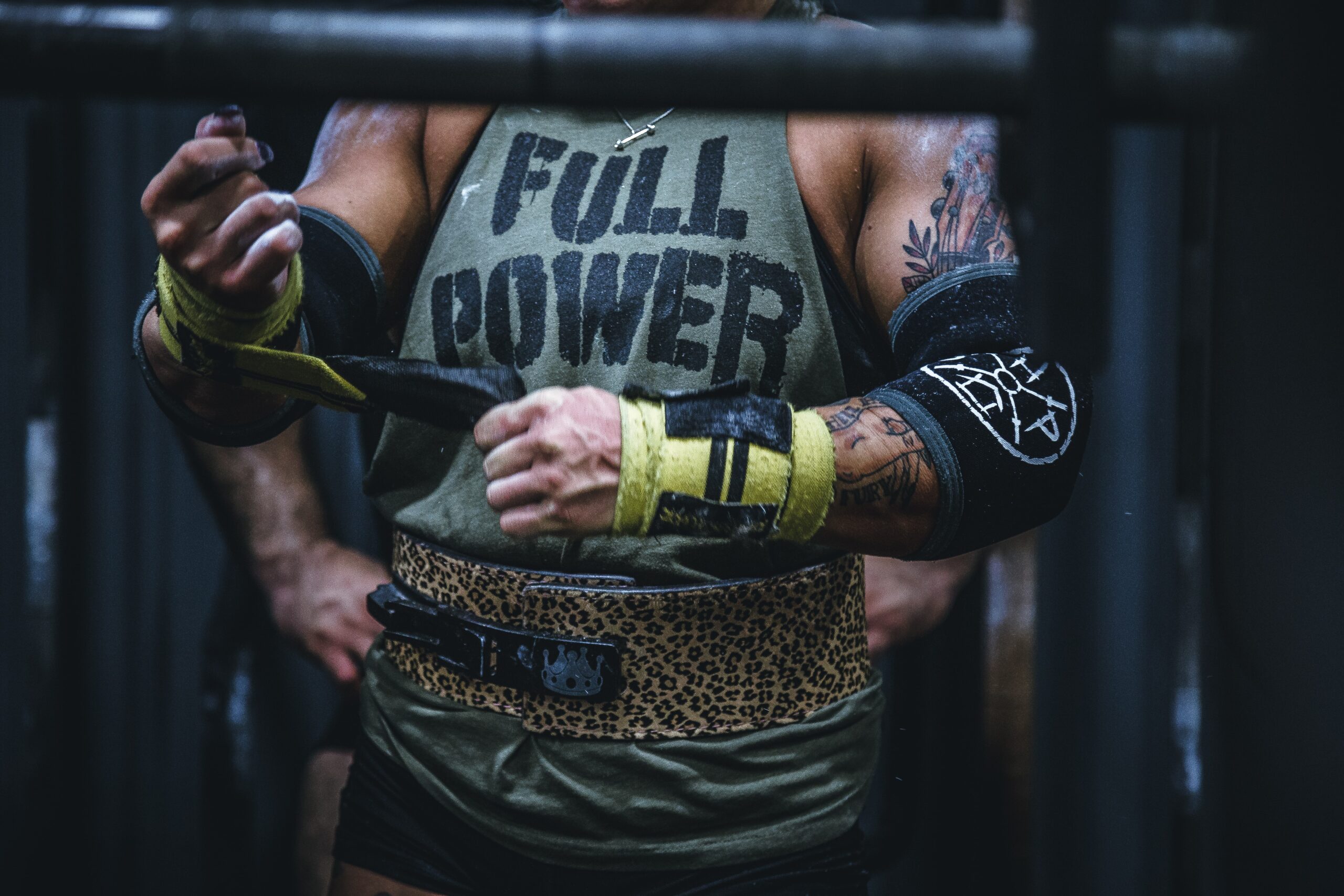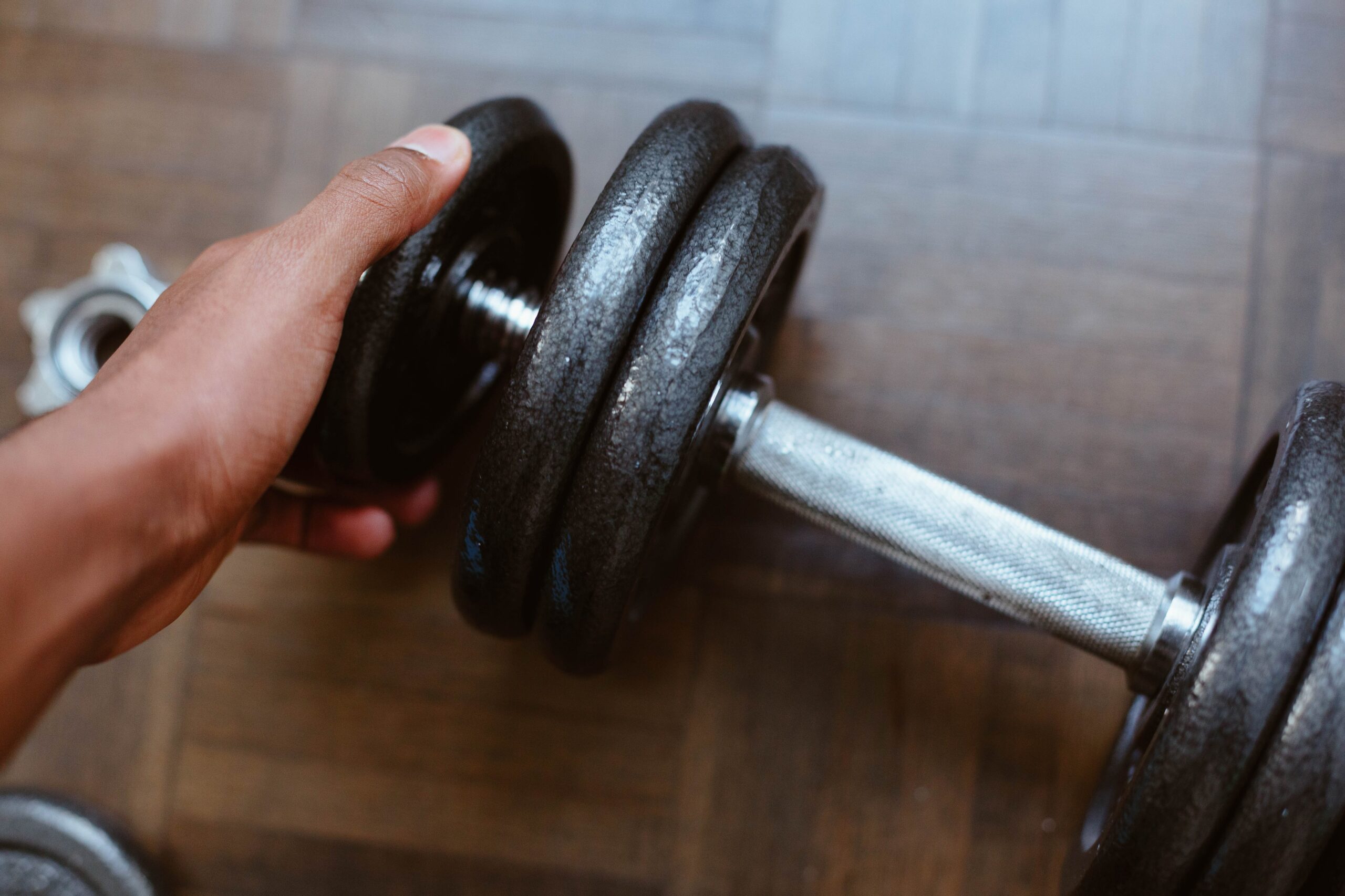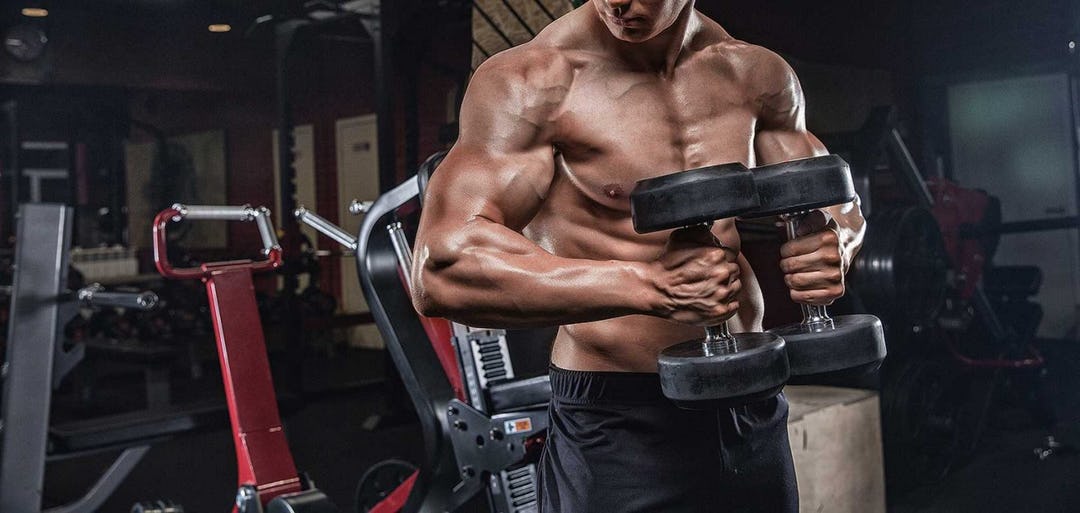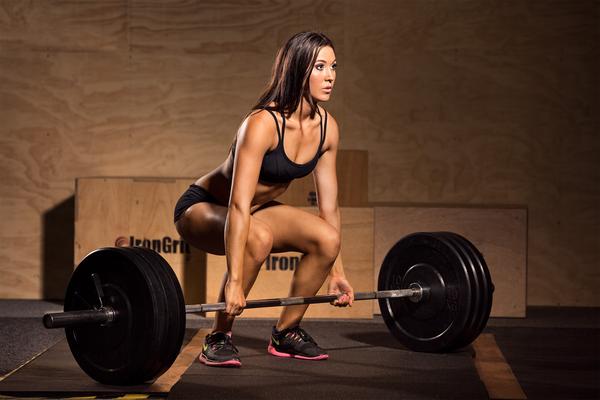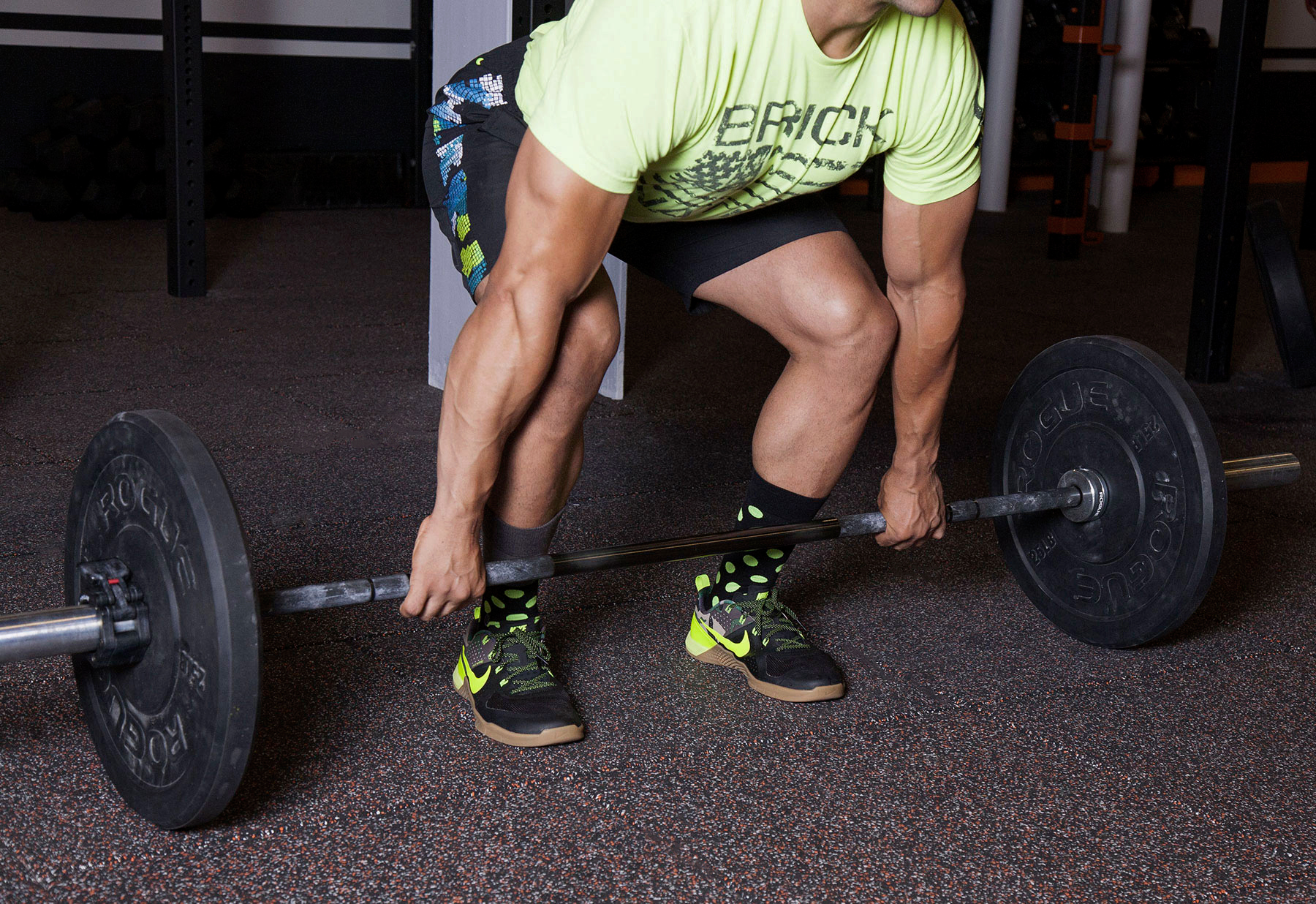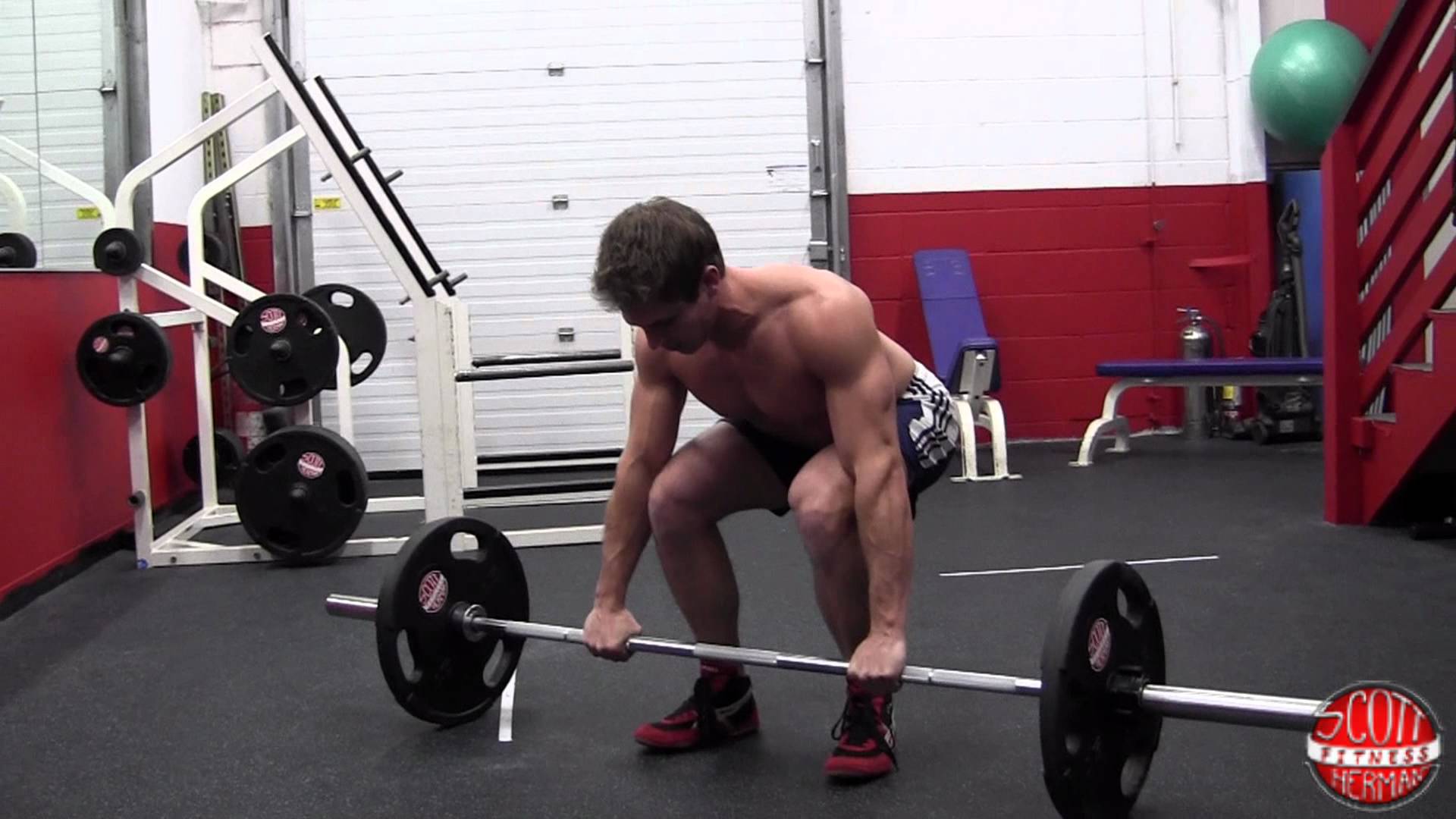6 Advanced Exercises for Legs for Greater Strength and Muscle Growth
In this article we present you with 6 advanced exercises for legs for greater strength and better muscle growth. Key characteristic is their increased level …
6 Advanced Exercises for Legs for Greater Strength and Muscle Growth Read More »

